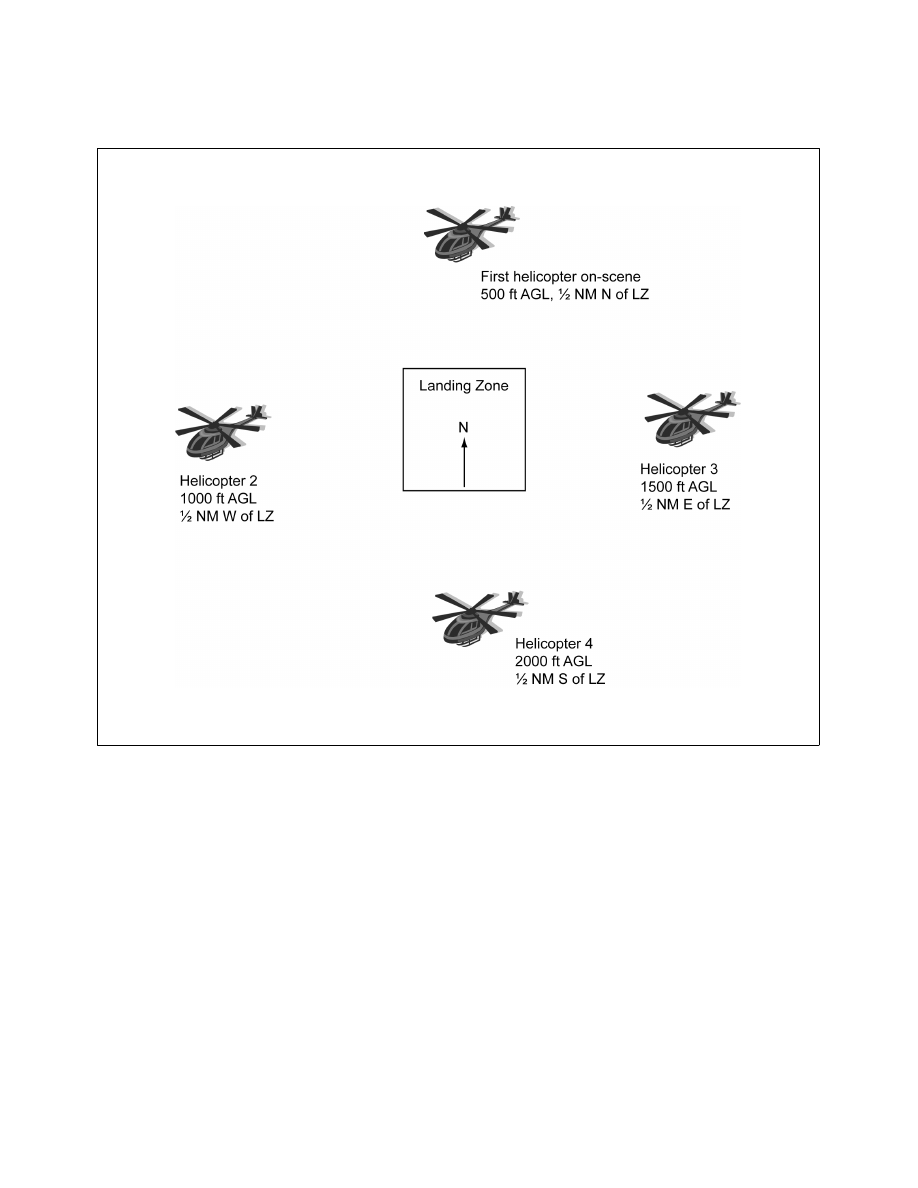
AIM
4/20/23
FIG 10
−
2
−
9
EMS Multiple Helicopter LZ/Heliport Operation
NOTE
−
If the LZ/hospital heliport weather conditions or airspace altitude restrictions prohibit the recommended vertical
separation, 1 NM separations should be kept between helicopter orbit areas.
10
−
2
−
20
Special Operations